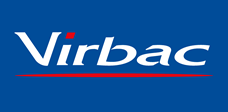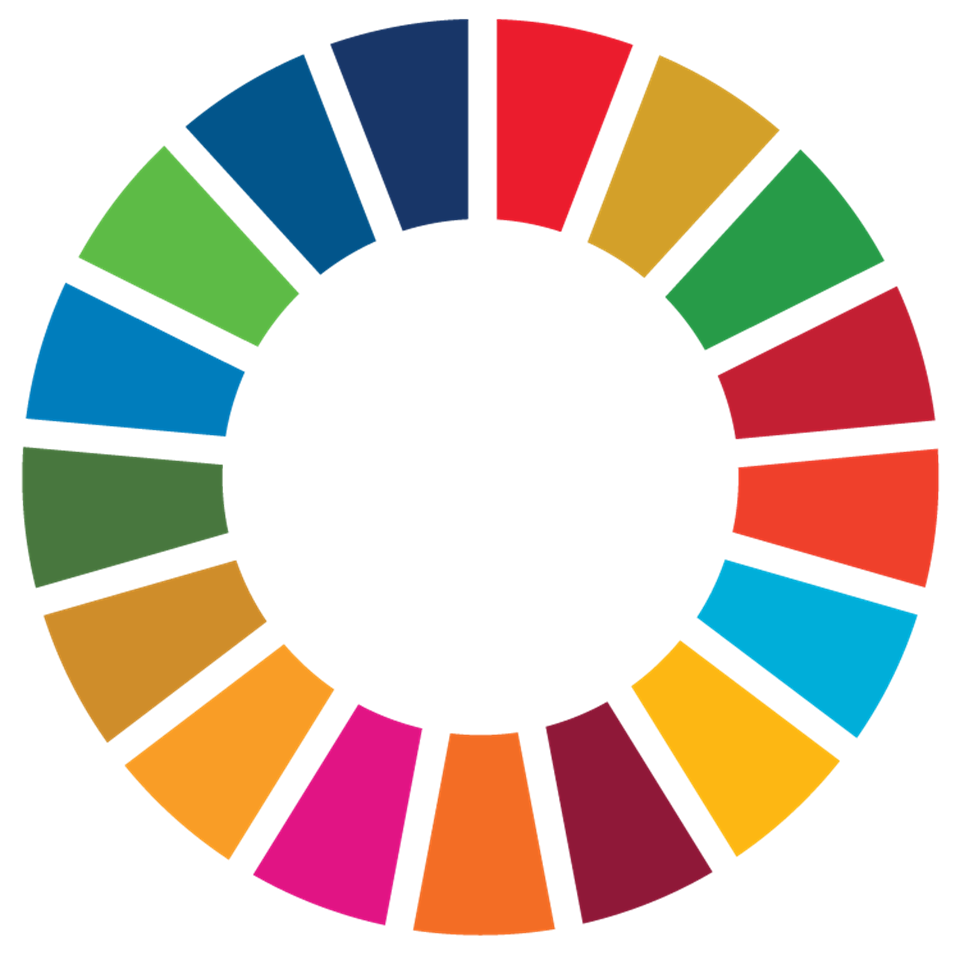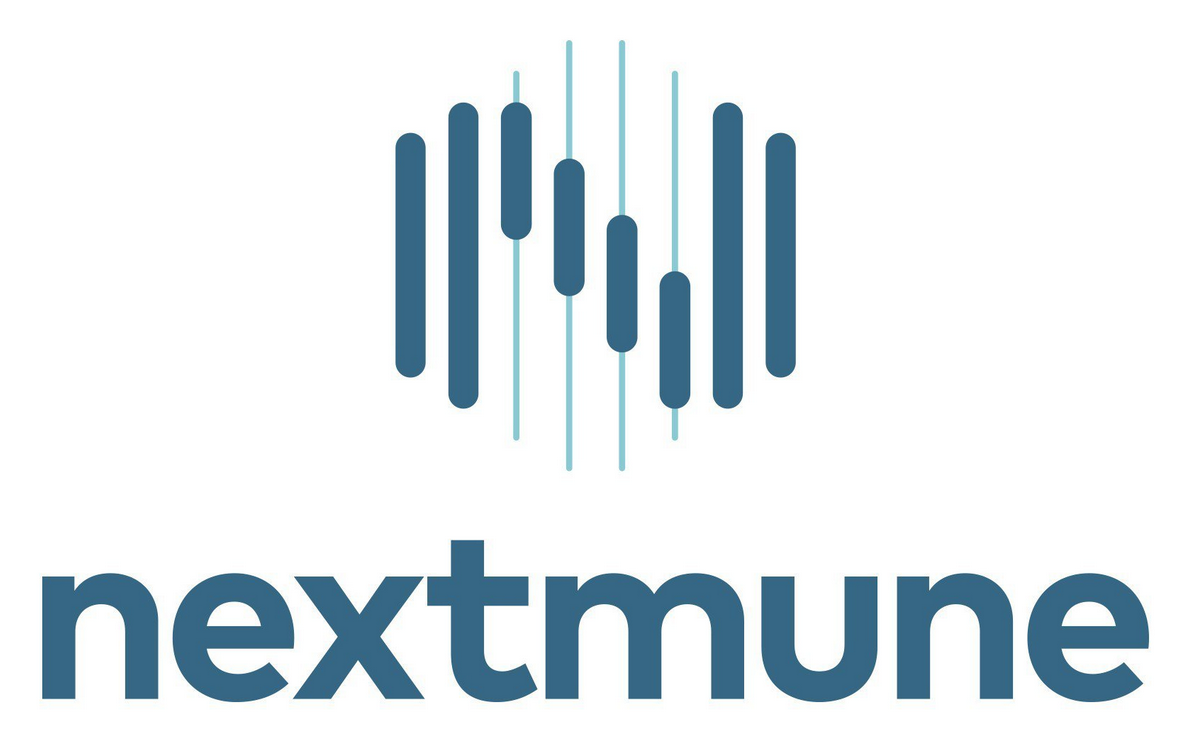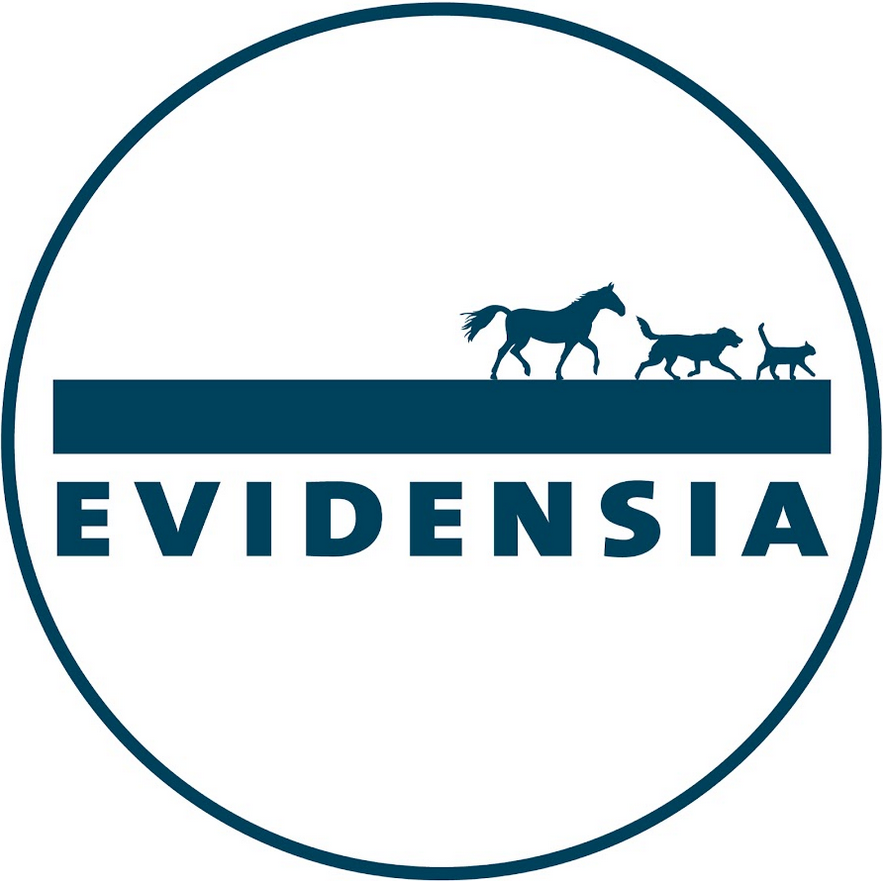Combination therapy
No results were found for your selected species
Poulvac IB H120
Active substance
ATC code
Species
Chickens.
Indications
For the active immunisation of chickens (broilers, future layers or breeders) in order to reduce the detrimental effect on the ciliary activity resulting from infection with infectious bronchitis virus (IBV) Massachusetts serotype strains, which is related to the development of respiratory clinical signs.
Onset of immunity: 25 days after vaccination.
Duration of immunity: 16 weeks.
Dose to be administered and administration route
Vaccination scheme:
For chickens from one day of age.
One dose per chicken to be administered by coarse spray, by eye drop or with drinking water. The quantity of water to be used depends on the method of administration. Never use less than 1 dose per chicken.
For spray administration (oculonasal use):
The product can be used in most types of spray equipment. The equipment should provide coarse spray (droplets between 80 to 160 μm). The distance from the spraying head to the bird must be approximately 50 cm. Dilute and administer the reconstituted vaccine at a rate of one dose of reconstituted vaccine per bird, according to the directions of your specific coarse spray vaccination equipment. It is recommended to use 0.15 to 0.5 litres of water per 1,000 birds depending of the type of spray equipment to be used.
During spraying and for about 20 - 30 minutes thereafter, ventilation should be switched off or reduced. Dimming light sources is recommended to avoid unsettling the animals.
For eye drop administration (ocular use):
Use 30 to 50 ml of deionized water per 1,000 doses (birds) depending on the type of eye-dropper to be used. One drop equal to one dose (0.03 to 0.05 ml depending on the reconstituted volume) of the vaccine solution is administered into one eye per chicken. The deionised water should be at room temperature when used. Hold the chicken so that one eye is pointing upwards and allow one drop of vaccine to fall into the eye. Chickens should swallow during vaccination.
For drinking water administration (use in drinking water):
Discontinue any drinking water medication 24 hours before vaccination. Water containing a high level of free chlorine should not be used. A general indication is that if chlorine can be detected in the water by smell or taste it could deactivate the living virus. If so, half a litre of skimmed milk should be thoroughly mixed into every 20 litres of water or skimmed milk powder added at a rate of two grams per litre of water before adding vaccine.
Only perfectly clean and rust-free utensils and drinkers (preferably plastic) free of any trace of disinfectants, detergents, soap, etc. should be used. Ensure that there is enough drinking trough space to allow all chickens immediate access to the vaccine. No untreated water should be made available until the treated water has been consumed.
Withhold drinking water for 2 hours before vaccination to stimulate thirst. Remove the aluminium seal from the vaccine vial. To dissolve the vaccine pellet, the rubber stopper should then be removed whilst the vial is immersed in a plastic measuring jug containing 1 litre (approximately 1 quart) of clean cool water. Half fill the vial with water, replace the stopper and shake to dissolve any remaining vaccine. The vaccine concentrate should then be added to and thoroughly mixed with sufficient drinking water to last for approximately 2 hours.
The approximate drinking water requirements for vaccination can be calculated from the age of the chickens. Use as many litres of water as the age of the chickens in days, per 1,000 chickens, up to a maximum of 40 litres per 1,000 chickens.
Distribute the diluted vaccine evenly in the drinkers. Do not expose prepared drinking water vaccine to sunlight.
The vaccine solution is best divided so that the drinkers are charged at least twice with vaccine to ensure a more widespread uptake.
If nipple drinkers are employed, ensure that header tanks are continually refilled with water containing vaccine.
The vaccine may be used in automatic watering equipment. However, the main supply should only be turned on when all the vaccine treated water has been consumed. Return to regular watering only after the vaccine water has been consumed.
Upon reconstitution, transparent to white opaque suspension (depending on the volume of diluent used).
Adverse reactions
Chickens:
|
Very rare (<1 animal / 10,000 animals treated, including isolated reports): |
Respiratory signs1 |
1Generally mild and transient in nature.
Reporting adverse events is important. It allows continuous safety monitoring of a veterinary medicinal product. Reports should be sent, preferably via a veterinarian, to either the marketing authorisation holder or the national competent authority via the national reporting system. See also section 16 of the package leaflet for contact details.
Dispensing
POM-VPS - Prescription Only Medicine – Veterinarian, Pharmacist, SQPSUMMARY OF PRODUCT CHARACTERISTICS
1. NAME OF THE VETERINARY MEDICINAL PRODUCT
Poulvac IB H120
Lyophilisate for suspension for spray, eye drop or drinking water administration for chickens.
2. QUALITATIVE AND QUANTITATIVE COMPOSITION
One dose contains:
Active substance:
Live, attenuated Avian Infectious Bronchitis Virus, strain H120: 103.0 – 104.9 EID50
Excipients:
For the full list of excipients, see section 6.1.
3. PHARMACEUTICAL FORM
Lyophilisate for suspension for spray, eye drop or drinking water administration.
Off-white to cream coloured lyophilisate.
4. CLINICAL PARTICULARS
4.1 Target species Chickens.
4.2 Indications for use, specifying the target species
For the active immunisation of chickens (broilers, future layers or breeders) in order to reduce the detrimental effect on the ciliary activity resulting from infection with Infectious Bronchitis virus (IBV) Massachusetts serotype strains, which is related to the development of respiratory clinical signs.
Onset of immunity: 25 days after vaccination
Duration of immunity: 16 weeks
4.3 Contraindications None.
4.4 Special warnings for each target species Vaccinate healthy animals only.
Maternally derived antibodies (MDA) can interfere with the development of active immunity. Where it is likely that recent field infection or vaccination of the parent flock has stimulated a high antibody titre and consequently a high level of MDA, the timing of the vaccination programme should be planned accordingly.
4.5 Special precautions for use
Special precautions for use in animals
The vaccine strain can spread to unvaccinated chickens. Special precautions should be taken to avoid spreading of the vaccine strain to unvaccinated chickens. It is recommended to vaccinate all birds on a site at the same time.
Special precautions to be taken by the person administering the veterinary medicinal product to animals
Personal protective equipment consisting of goggles and dust masks or a helmet with filtered air circulation should be worn when handling the veterinary medicinal product especially while vaccination according to the spraying method.
Personnel involved in attending vaccinated chickens should follow general hygiene principles (changing clothes, wearing gloves, cleaning and disinfection of boots).
4.6 Adverse reactions (frequency and seriousness)
A mild vaccination reaction can be observed very rarely in the form of transient, slight respiratory symptoms.
The frequency of adverse reactions is defined using the following convention:
- very common (more than 1 in 10 animals treated displaying adverse reaction(s))
- common (more than 1 but less than 10 animals in 100 animals treated)
- uncommon (more than 1 but less than 10 animals in 1,000 animals treated )
- rare (more than 1 but less than 10 animals in 10,000 animals treated)
- very rare (less than 1 animal in 10,000 animals treated, including isolated reports).
4.7 Use during pregnancy, lactation or lay
The safety of the veterinary medicinal product has not been established during lay. Do not use in birds in lay and within 4 weeks before the onset of the laying period.
4.8 Interaction with other medicinal products and other forms of interaction
No information is available on the safety and efficacy of this vaccine when used with any other veterinary medicinal product. A decision to use this vaccine before or after any other veterinary medicinal product therefore needs to be made on a case by case basis.
4.9 Amounts to be administered and administration route Vaccination scheme:
For chickens from one day of age.
One dose per chicken to be administered by eye drop, with drinking water or by coarse spray. The quantity of water to be used depends on the method of administration. Never use less than 1 dose per chicken.
For eye drop administration:
Use 30 to 50 ml of deionized water per 1000 doses (birds) depending of the type of eye-dropper to be used. One drop equal to one dose (0.03 to 0.05 ml depending on the reconstituted volume) of the vaccine solution is administered into one eye per chicken. The deionised water should be at room temperature when used. Hold the chicken so that one eye is pointing upwards and allow one drop of vaccine to fall into the eye. Chickens should swallow during vaccination.
For drinking water administration:
Discontinue any drinking water medication 24 hours before vaccination. Water containing a high level of free chlorine should not be used. A general indication is that if chlorine can be detected in the water by smell or taste it could deactivate the living virus. If so, half a litre of skimmed milk should be thoroughly mixed into every 20 litres of water or skimmed milk powder added at a rate of two grams per litre of water before adding vaccine.
Only perfectly clean and rust free utensils and drinkers (preferably plastic) free of any trace of disinfectants, detergents, soap, etc. should be used. Ensure that there is enough drinking trough space to allow all chickens’ immediate access to the vaccine. No untreated water should be made available until the treated water has been consumed.
Withhold drinking water for 2 hours before vaccination to stimulate thirst. Remove the aluminium seal from the vaccine vial. To dissolve the vaccine pellet, the rubber stopper should then be removed whilst the vial is immersed in a plastic measuring jug containing 1 litre (approximately 1 quart) of clean cool water. Half fill the vial with water, replace the stopper and shake to dissolve any remaining vaccine.
The vaccine concentrate should then be added to and thoroughly mixed with sufficient drinking water to last for approximately 2 hours.
The approximate drinking water requirements for vaccination can be calculated from the age of the chickens. Use as many litres of water as the age of the chickens in days, per 1000 chickens, up to a maximum of 40 litres per 1000 chickens.
Distribute the diluted vaccine evenly in the drinkers. Do not expose prepared drinking water vaccine to sunlight.
The vaccine solution is best divided so that the drinkers are charged at least twice with vaccine to ensure a more widespread uptake.
If nipple drinkers are employed, ensure that header tanks are continually refilled with water containing vaccine.
The vaccine may be used in automatic watering equipment. However, the main supply should only be turned on when all the vaccine treated water has been consumed. Return to regular watering only after the vaccine water has been consumed.
For spray administration:
The product can be used in most types of spray equipment. The equipment should provide coarse spray (droplets between 80 to 160 μm). The distance from the spraying head to the bird must be approximately 50 cm. Dilute and administer the reconstituted vaccine at a rate of one dose of reconstituted vaccine per bird, according to the directions of your specific coarse spray vaccination equipment. It is recommended to use 0.15 to 0.5 litres of water per 1000 birds depending of the type of spray equipment to be used.
During spraying and for about 20 - 30 minutes thereafter, ventilation should be switched off or reduced. Dimming light sources is recommended to avoid unsettling the animals.
4.10 Overdose (symptoms, emergency procedures, antidotes), if necessary
Administration of a 10-fold overdose does not result in symptoms different from those mentioned under section 4.6.
4.11 Withdrawal period(s)
Zero days.
5. IMMUNOLOGICAL PROPERTIES
Pharmacotherapeutic group: Immunologicals for aves, domestic fowl, live viral vaccines, avian infectious bronchitis virus (IBV). ATCvet code: QI01AD07
This vaccine is intended to stimulate active immunity against Massachusetts strains of infectious bronchitis virus (IBV).
6. PHARMACEUTICAL PARTICULARS
6.1 List of excipients
D-Mannitol
Gelatine
Myo-inositol
|
Nature: |
Hydrolytic Type I glass (Ph. Eur.) vial |
|
Closure: overseal. |
Type I butyl rubber elastomer (Ph. Eur.) stoppers and aluminium |
|
Pack sizes: vials. |
1,000, 2,500, 5,000 or 10,000 doses per vial in boxes of 1 or 10 |
Casein enzymatic hydrolysate
6.2 Major incompatibilities
Do not mix with any other veterinary medicinal product.
6.3 Shelf life
Shelf-life of the veterinary medicinal product as packaged for sale: 2 years. Shelf-life after reconstitution according to directions: 4 hours.
6.4 Special precautions for storage
Store and transport refrigerated (2°C – 8°C).
Protect from light. Do not freeze.
6.5 Nature and composition of immediate packaging
Not all pack sizes may be marketed.
6.6 Special precautions for the disposal of unused veterinary medicinal product or waste materials derived from the use of such products
Any unused veterinary medicinal product or waste materials derived from such veterinary medicinal product should be disposed of in accordance with local requirements.
7. MARKETING AUTHORISATION HOLDER
Zoetis UK Limited
1st Floor, Birchwood Building
Springfield Drive
Leatherhead
Surrey
KT22 7LP
8. MARKETING AUTHORISATION NUMBER
Vm 42058/4101
9. DATE OF FIRST AUTHORISATION
17 October 2005
10. DATE OF REVISION OF THE TEXT
14 November 2019
Approved 14 November 2019


| Art. Nr. | 42058/5121 |
|---|---|
| EAN | 8714015010818 |
 TRUSTED SOURCE
TRUSTED SOURCE








